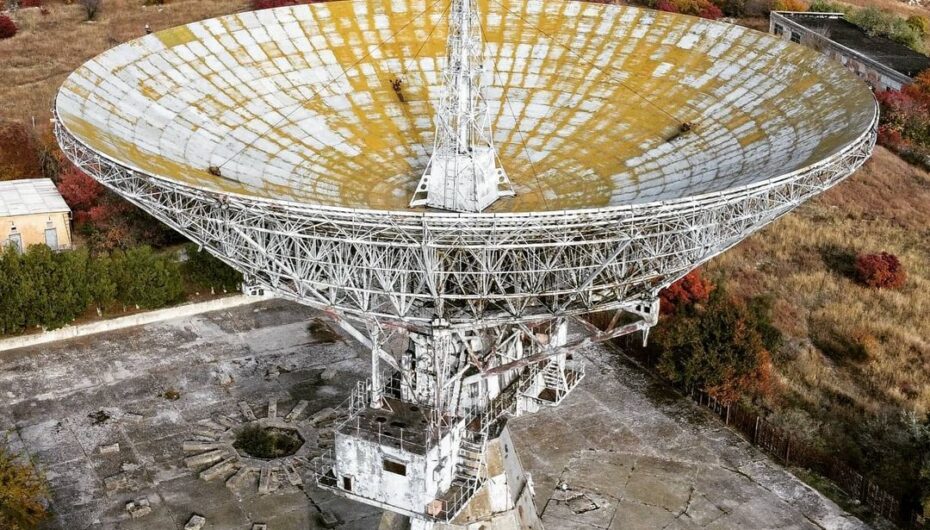
ТНА-400 — первый советский высокоточный радиотелескоп | TNA-400 — the first Soviet high-precision radio telescope
Спустя два года после запуска первого искусственного спутника Земли космическая гонка продолжалась, и Правительством СССР была принята программа полётов в сторону Луны. Опытное конструкторское бюро Московского энергетического института (ОКБ МЭИ) внесло два предложения, одно из которых было о создании большой антенны с эффективной поверхностью 200 м² с целью обеспечения связи с космическими аппаратами в районе Луны.
Основываясь на работах ОКБ, начатых ещё в 1956 году, к началу 1960-х была подготовлена проектная документация для строительства спутниковой антенны с диаметром рефлектора 25 метров. Было начато строительство двух антенн ТНА-200 — около Москвы (в Медвежьих Озёрах) и в Крыму (в посёлке Школьное, около Симферополя), на той же площадке НИП-10, с которой сопровождался запуск первого спутника. Первой была достроена крымская антенна: позднее модернизированная, увеличенная до диаметра 32 метра и сменившая название на ТНА-400, она успешно использовалась в большом числе космических операций до конца 20 века.
В настоящее время этот радиотелескоп — единственный уцелевший объект на территории площадки, находящийся в статусе «условно действующего». Несколько лет назад Роскосмос объявлял о планах восстановить антенну для управления космическими аппаратами при дальних полётах. Впрочем, на днях, подойдя к забору территории, можно было наблюдать нескольких человек, выносящих кабели и грузящих их в мотоцикл с коляской…. Как думаете, есть ли будущее у этого телескопа?
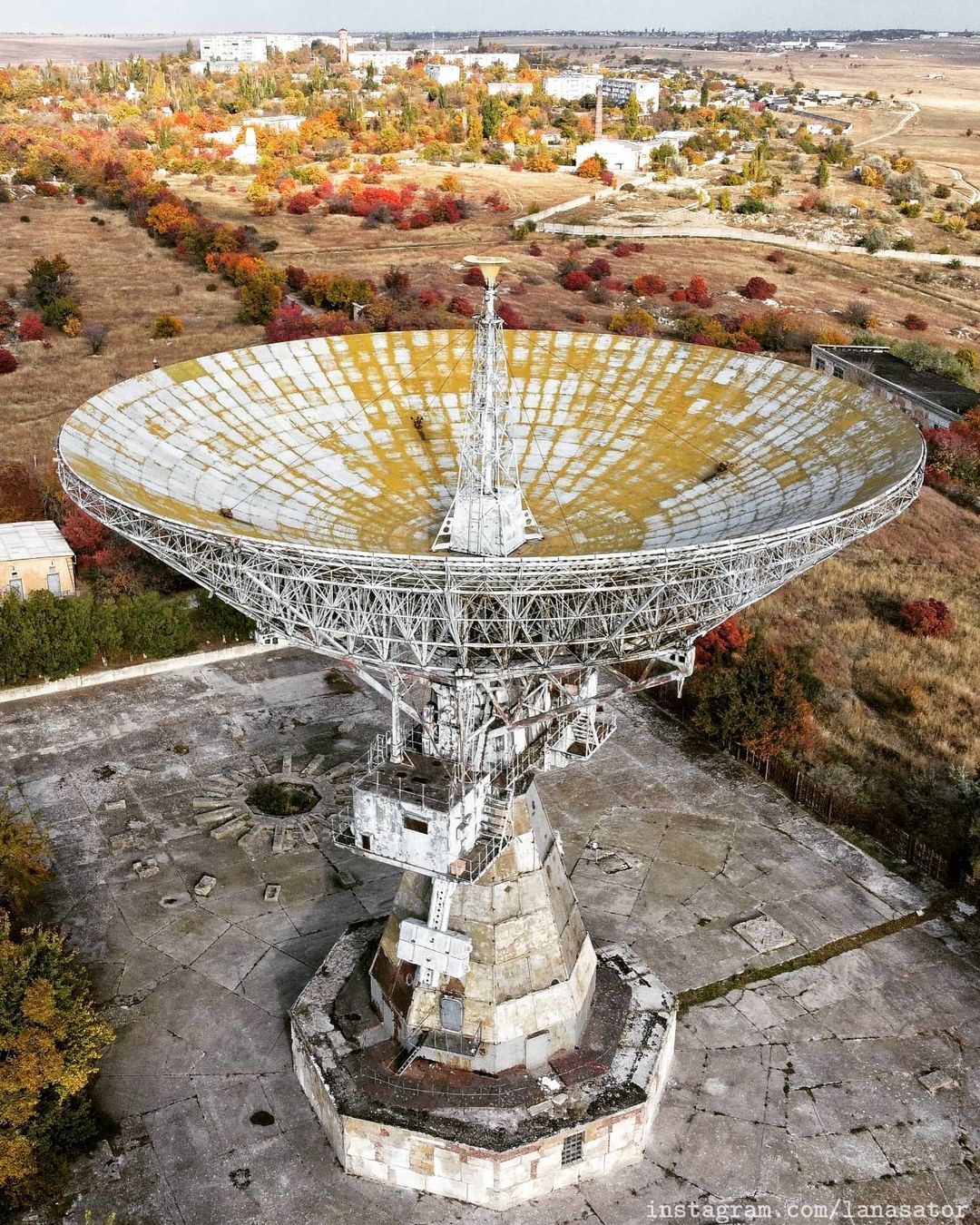
Two years after the launch of the first artificial satellite, the space race continued, and the USSR Government adopted a program of flights toward the Moon. The Experimental Design Bureau of the Moscow Power Engineering Institute (EDB MPEI) made two proposals, one of which was to create a large antenna with an effective surface of 200 m² in order to ensure communication with spacecrafts near the Moon.
⠀
On the basis of the work of Design Bureau, begun in 1956, to the beginning of 1960th the project documentation for construction of the satellite aerial with diameter of a reflector 25 meters was prepared. The building of two antennas TNA-200 has been begun — near Moscow (in Medvezhie Ozera) and in Crimea (in settlement Shkolnoe, near Simferopol), on the same platform NIP-10, from which the launch of the first satellite was accompanied. The Crimean antenna was first completed: later upgraded, increased to a diameter of 32 meters and changed its name to TNA-400, it was successfully used in a large number of space operations until the end of the 20th century.
⠀
At present, this radio telescope is the only surviving object on the site, which is in «conditionally active» status. Several years ago Roskosmos announced plans to restore the antenna to control spacecraft for long-range flights. However, the other day, coming up to the fence of the territory, one could see several people taking out cables and loading them into a motorcycle with a sidecar…. Do you think there is any future for this telescope?

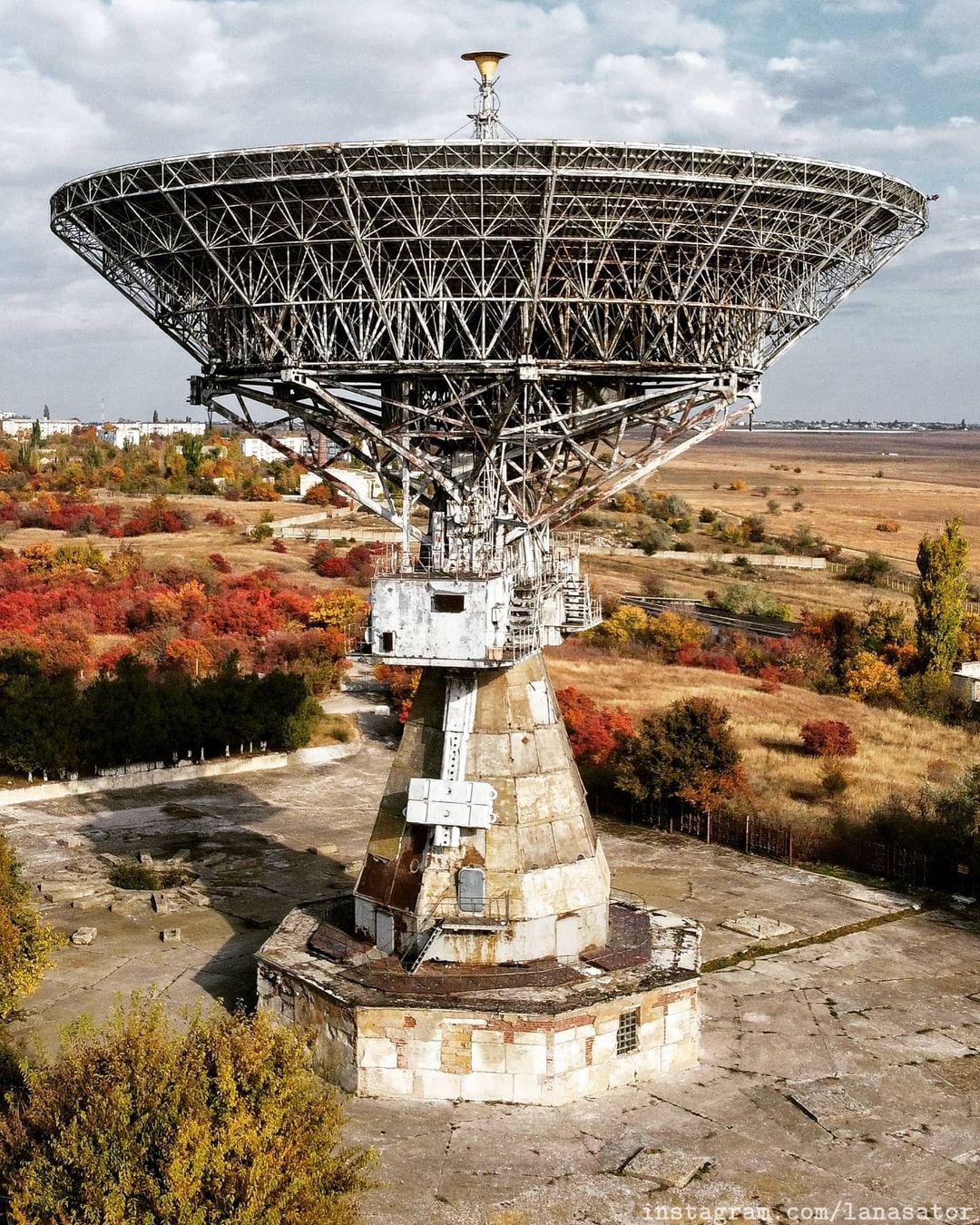
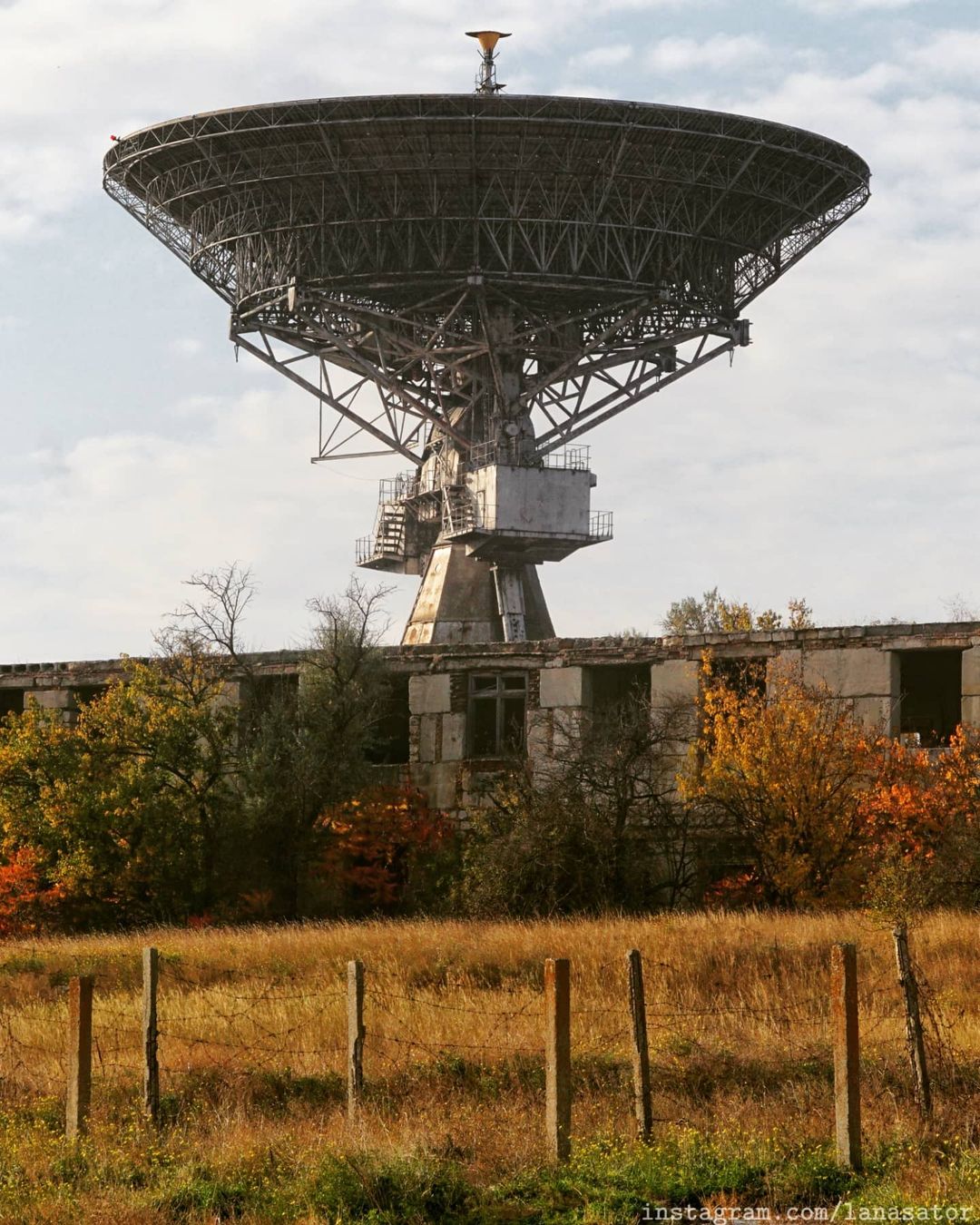
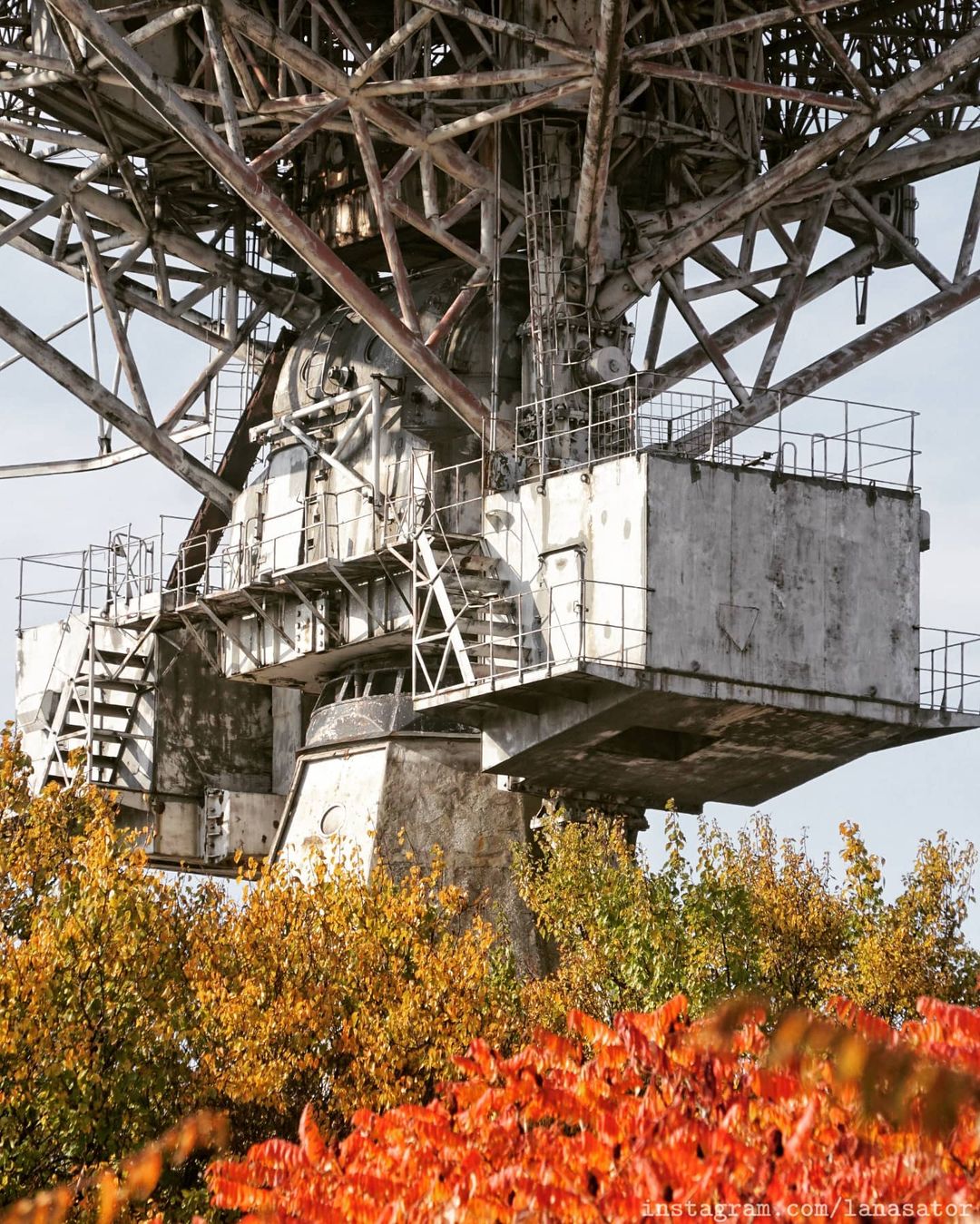

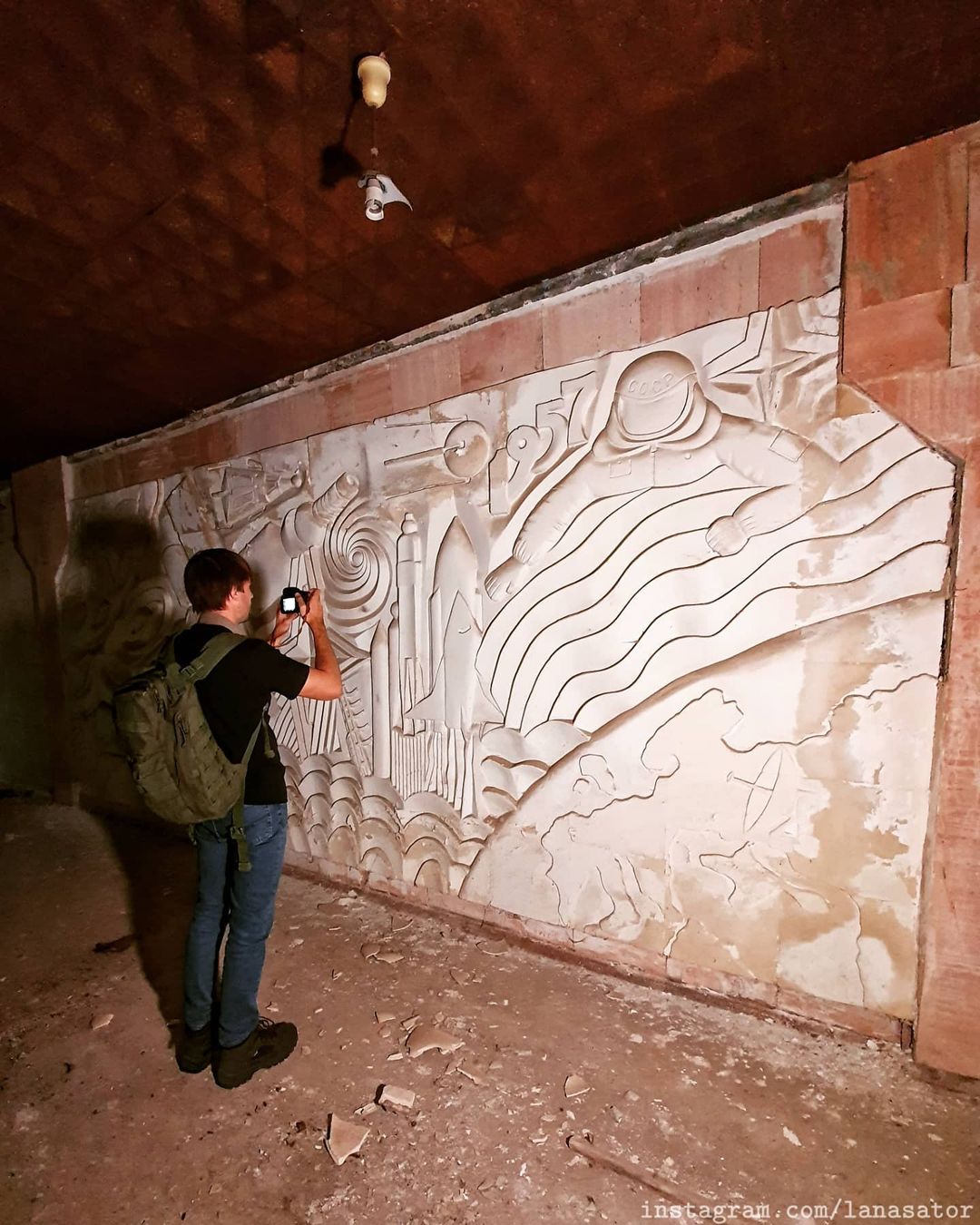
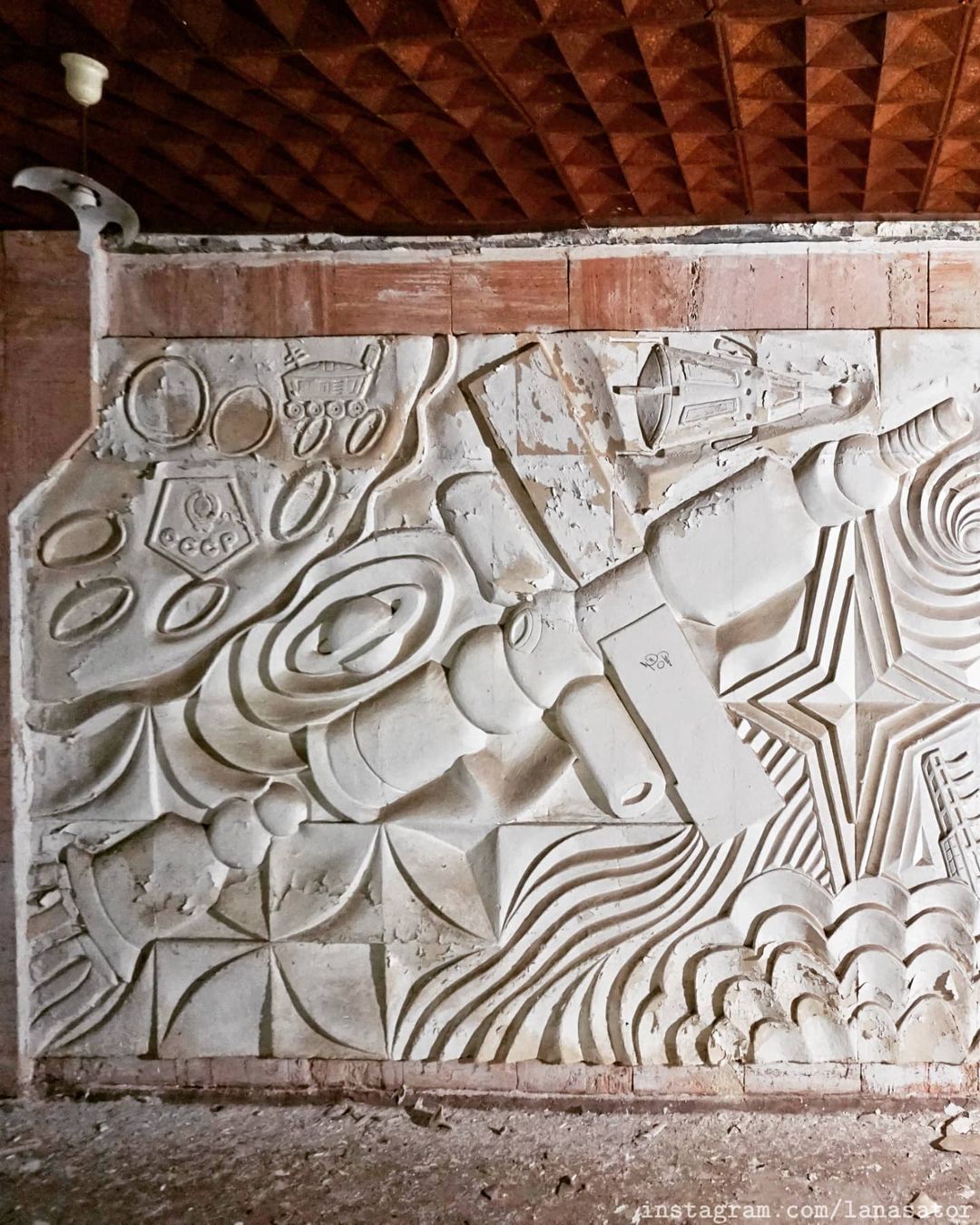
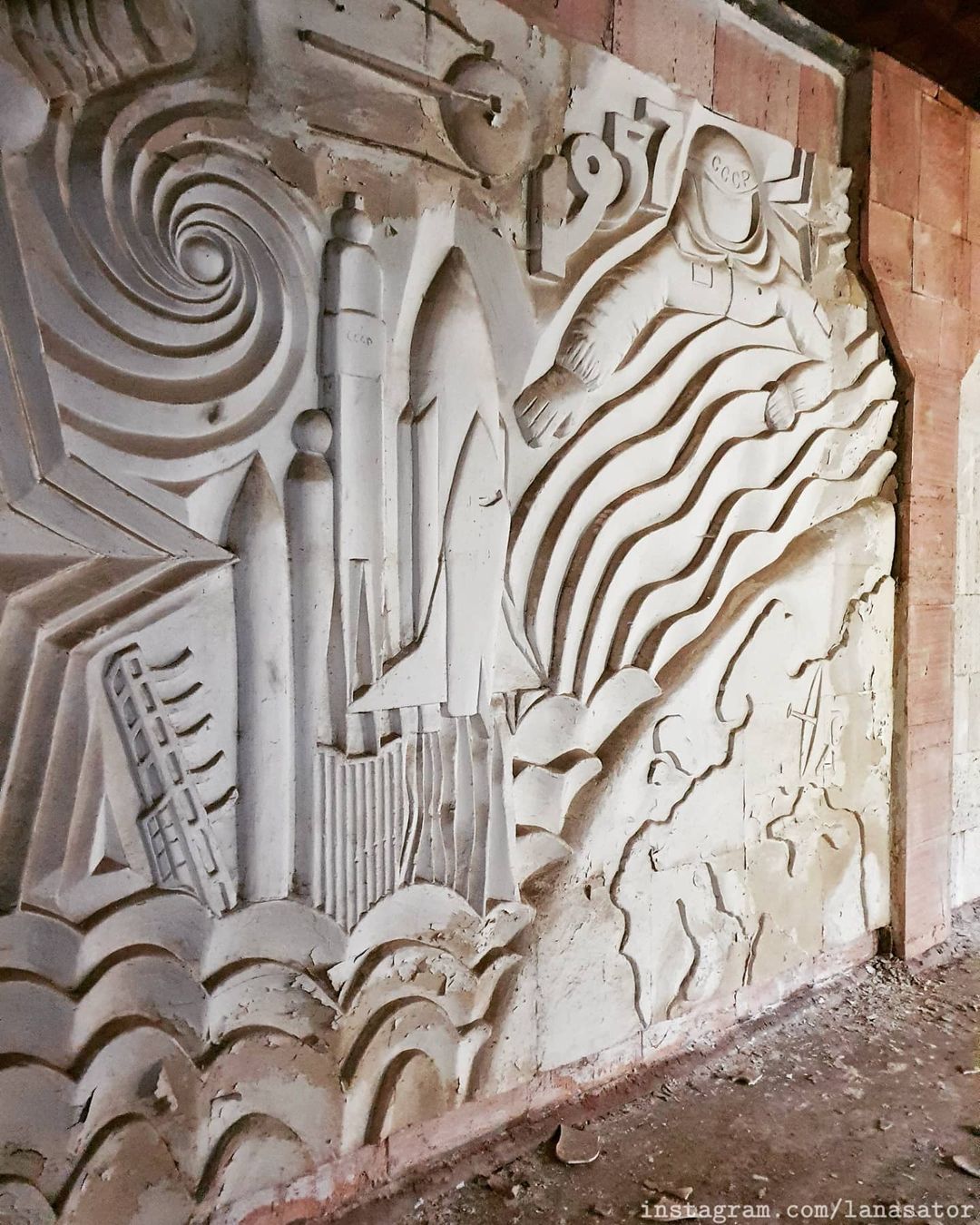

Автор: Lana Sator
Related articles
Comments
-
vav 12 января, 22:51Thanks.
-
peatix 10 мая, 02:51Thanks a lot for the helpful information.

 Гигантский подземный холодильник | Мегасооружения СССР
Гигантский подземный холодильник | Мегасооружения СССР
 Удивительная красота заброшенных мест
Удивительная красота заброшенных мест
 История исчезнувшего автомобильного кладбища
История исчезнувшего автомобильного кладбища
 10 самых удивительных потерянных городов мира
10 самых удивительных потерянных городов мира

